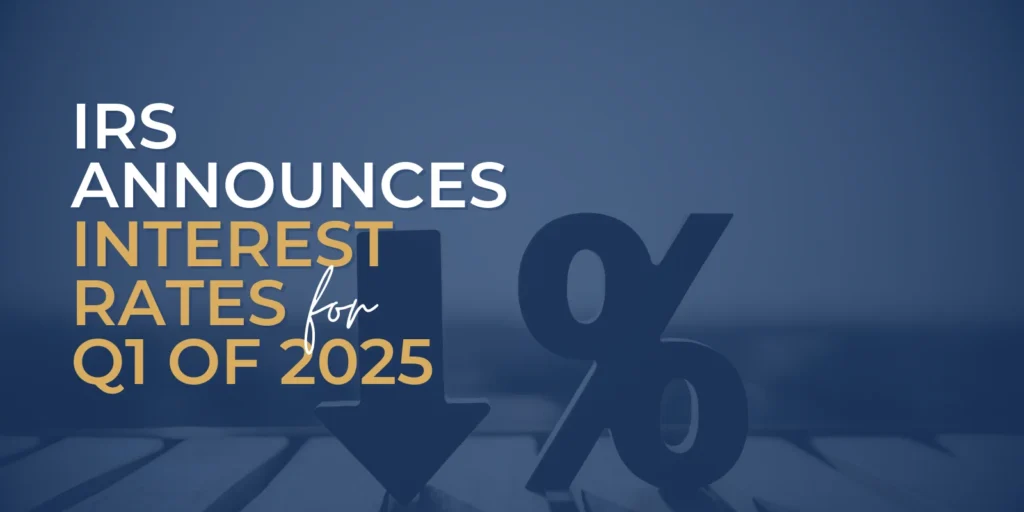
The IRS has released its updated interest rates for the first quarter of 2025, bringing important changes that will impact both individual and corporate taxpayers. Understanding these rates is crucial for effective tax planning and financial management. Here is an overview of the new interest rates and what they could mean for your tax liability.
Understanding the New Interest Rates
The quarter beginning January 1, 2025, introduces notable interest rate adjustments across different taxpayer categories. Individual taxpayers will see a consistent 7% interest rate for both overpayments and underpayments, compounded daily. Corporate taxpayers, however, face a more nuanced structure with varying rates depending on the specific circumstances of their tax situations.
Rates for Individual Taxpayers
For individual taxpayers, the landscape is straightforward. The interest rate stands at 7% for both overpayments and underpayments, compounded daily. This rate simplifies calculations for most taxpayers and provides a clear benchmark for tax planning.
Rates for Corporate Taxpayers
Corporate tax situations involve more complex rate structures. Standard corporate overpayments are set at 6%, while overpayments exceeding $10,000 will earn 4.5% interest. Underpayment rates for corporations are equally nuanced, with standard underpayments at 7% and large corporate underpayments incurring a 9% rate.
How the IRS Calculates These Rates
The IRS determines these rates quarterly by using the federal short-term rate as a base, typically adding three percentage points for most taxpayers. Corporate calculations involve slightly more intricate adjustments, taking into account the specific amount of overpayment or underpayment.
Financial Implications of the New Rates
These interest rates carry significant financial implications for taxpayers. An overpayment means earning 7% interest on excess tax payments, while underpayments will accrue 7% interest on outstanding amounts. The rates are meticulously calculated based on the federal short-term rate from October 2024 and will remain consistent throughout the first quarter of 2025.
Strategic Considerations for Taxpayers
Taxpayers should approach these rates with careful consideration. It is essential to review individual tax situations thoroughly and understand how these rates might impact personal or business financial planning. Maintaining accurate financial records, monitoring tax situations regularly, and planning for potential overpayments or underpayments can help mitigate unexpected financial challenges.
Tax Help in 2025
The comprehensive nature of these interest rate changes emphasizes the importance of staying informed and seeking expert guidance when needed. Tax laws and rates are complex, and individual circumstances can significantly impact how these rates ultimately affect one’s financial situation. Optima Tax Relief has over a decade of experience helping taxpayers get back on track with their tax debt.
If You Need Tax Help, Contact Us Today for a Free Consultation